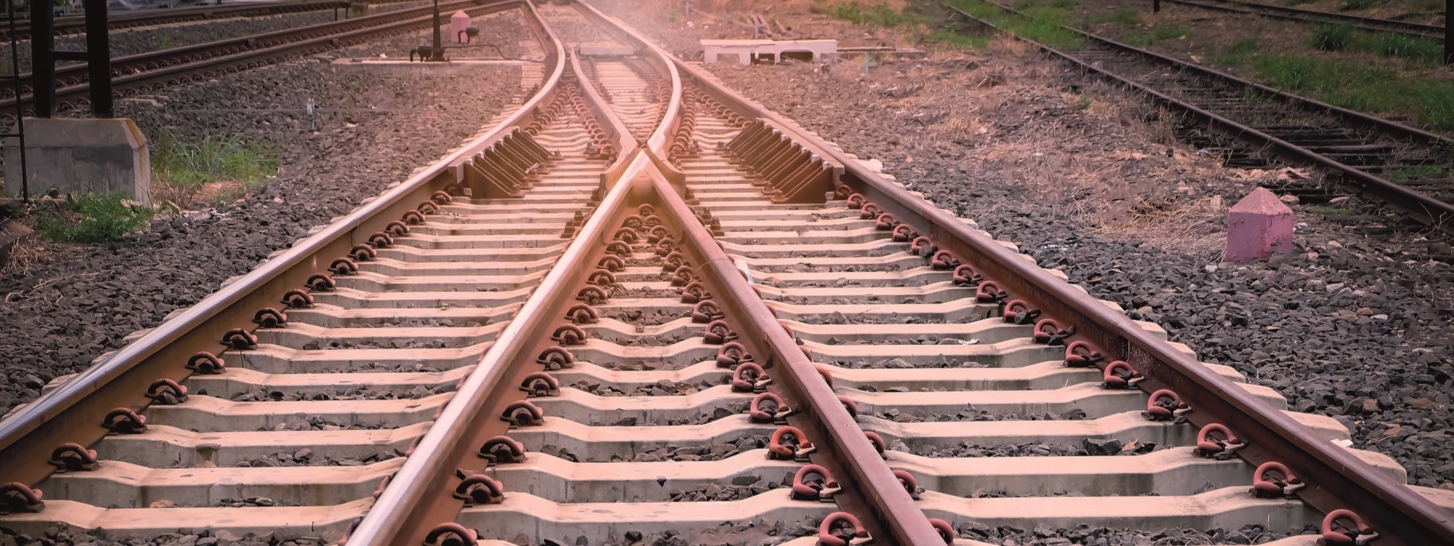The observance of the highest safety and quality standards is of central importance for rail infrastructure. Depending on use and location, steel parts installed in rail systems need to be able to permanently withstand aspects such as salty air on the coast or conditions in damp tunnels. The high speeds of rail traffic mean that these elements are also subjected to enormous dynamic forces and are constantly required to compensate extreme oscillation. This is joined by mechanical stresses such as stone impact or high temperature differences and chemical stress – for example from lubricants and alkaline or acidic environmental conditions. In view of this, parts such as rail clamps, sleeper screws or nuts used to secure the rail to the track need to be equipped with a suitable corrosion protection. In the case of fasteners, the selected corrosion protection can also enable the setting of individual coefficients of friction. A tailored corrosion protection system should also be selected for other steel parts installed in the area of the rails, such as washers or rail support plates, to ensure the long-term, safe function of the overall construction, avoid expensive downtime and guarantee the safety of passengers and train personnel.
Whether it is rail clamps, screws, washers, nuts or concrete anchors: parts used in the securing of rails need to be given long-lasting protection against corrosion as well as chemical and mechanical stress.
Typical requirements for surface protection of steel components for rail fastening:
- Corrosion protection (1,440 h according to DIN EN ISO 9227)
- Coloring
- Chemikalienbeständigkeit
- Chemical resistance
- Chromium (VI) free
- No risk of hydrogen embrittlement and its consequences
 Belgium nederlands
Belgium nederlands Belgium français
Belgium français Canada english
Canada english Canada français
Canada français China chinese
China chinese Czech Republic čeština
Czech Republic čeština Deutschland deutsch
Deutschland deutsch France français
France français Hungary magyar
Hungary magyar International english
International english Italy italiano
Italy italiano Netherlands nederlands
Netherlands nederlands Poland polski
Poland polski Russia русский
Russia русский Slovakia slovenčina
Slovakia slovenčina Switzerland français
Switzerland français Switzerland deutsch
Switzerland deutsch Turkey Türkçe
Turkey Türkçe USA english
USA english